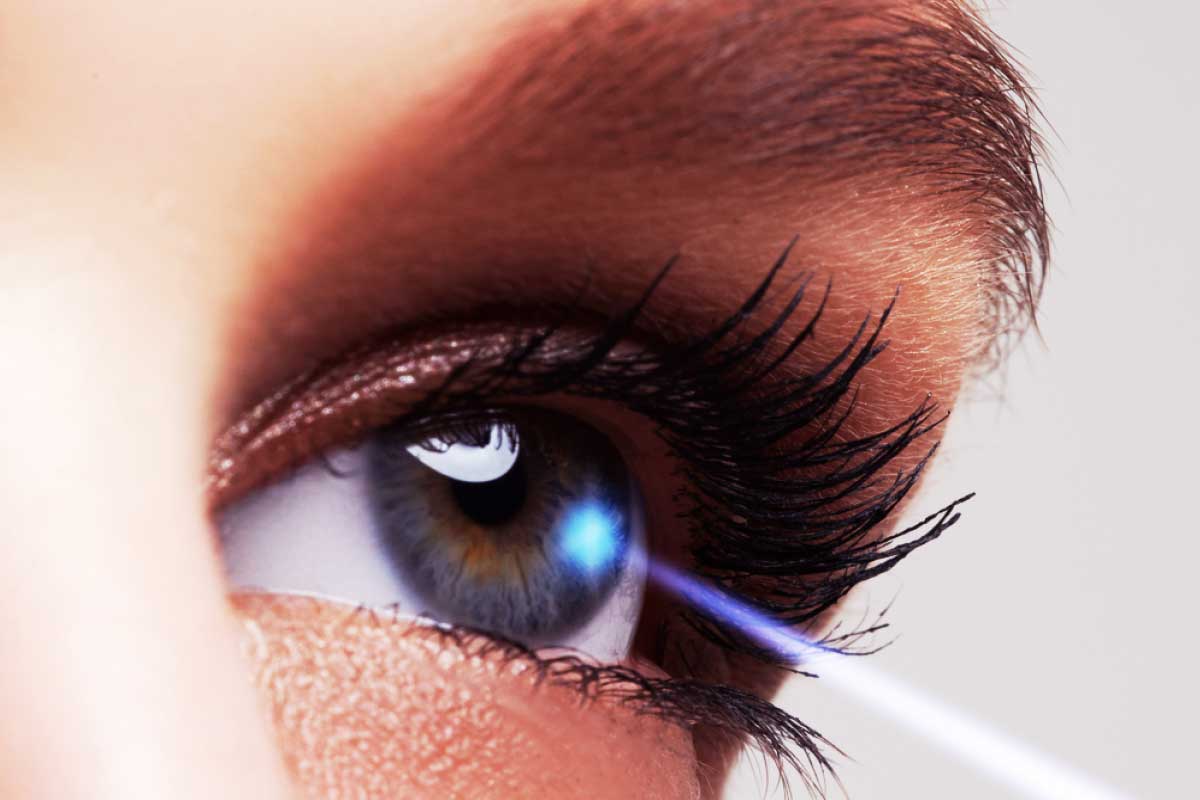
The Corneal Visualization Scheimpflug Technology (CorVis ST) helps to investigate the corneal biomechanical properties in patients diagnosed with dry eye.
Dry eye is an eye condition caused by the lack of tear secretion or excessive tear evaporation. Dry eye is a disease of the ocular surface and tears that results in symptoms of discomfort and visual disturbance.
The CorVis ST is a non-invasive technology designed with an integrated ultra-high-speed Scheimpflug Camera that takes over 4,300 images per second. Able to record real-time dynamic deformation of the cornea. In addition to this, the corneal thickness and IOP can also measure with great precision. With this, the ophthalmologist can evaluate the description of the corneal biomechanics.
OCULUS CorVis® ST Tonometry and Pachymetry
Tonometry is a quick diagnostic test that measures the pressure inside the patient’s eye, known as Intraocular pressure (IOP). The results help the ophthalmologist in diagnosing the risk of glaucoma (an eye disease that is caused by the increase in fluid pressure of the patient).
The process involves applying air pressure to the patient’s eye, using an instrument that resembles an air piston. A brief puff of air is blown at the cornea to measure the pressure of the eye. Based on the analysis of the eye, the ophthalmologist will diagnose it as a case of glaucoma or other condition.
A medical device, Pachymetry, is used to measure the thickness of the cornea. It’s a painless procedure that measures the thickness of the cornea with a small probe after numbing the eye with drops. This device is helping to diagnose suspected patients of glaucoma, corneal molding evaluation, and LASIK Surgery.
In OCULUS CorVis® ST Tonometry and Pachymetry, the device combines both Tonometry and Pachymetry features to help diagnose the corneal diseases. This device can perform fast and comprehensive screenings for weak corneas as well as help in providing the integration of Pentacam data (the combination of biomechanical and tomographic data) for a more efficient and safer screening before refractive surgery.
